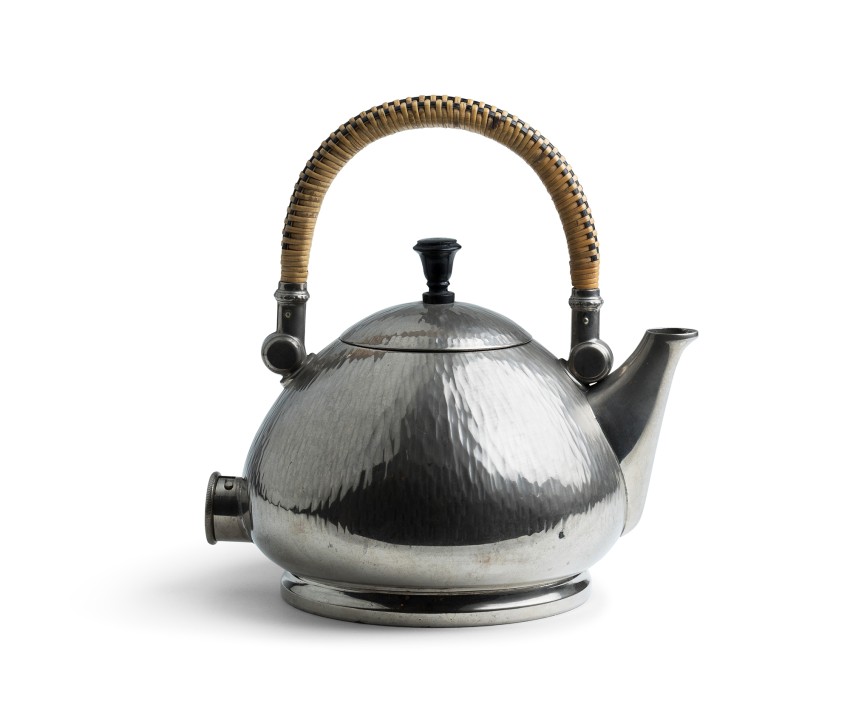Early Modernism to De Stijl
In response to the unsatisfactory social and aesthetic conditions of early industrial production, numerous reform movements developed in Europe around the turn of the 19th to 20th century. Their goal was to both renew formal style and to create better living conditions for the working class.
A good example is the Dresdener Werkstätten für Handwerkskunst (Dresden Workshops for Arts and Crafts) in Dresden-Hellerau, which not only strove to produce aesthetically high-quality objects for mass demand, but also developed a teaching programme for the workforce.

The Deutsche Werkbund, established in 1907, mustered artists, architects, entrepreneurs and experts in order to establish, among other things, new aesthetics of goods for industrial production. One of the founding members of this association was Peter Behrens from Hamburg who, from 1908 onwards, acted as artistic advisor to AEG in Berlin and is today regarded as the first German industrial designer.

The quest for new design found its voice in 1917 in the Dutch town of Leiden with the newly founded artist group De Stijl. Piet Mondrian, Theo van Doesburg, Gerrit Thomas Rietveld, Bart van der Leck and many others pretained to this movement, which defined the (artistic) reshaping of all areas of life as its goal.
